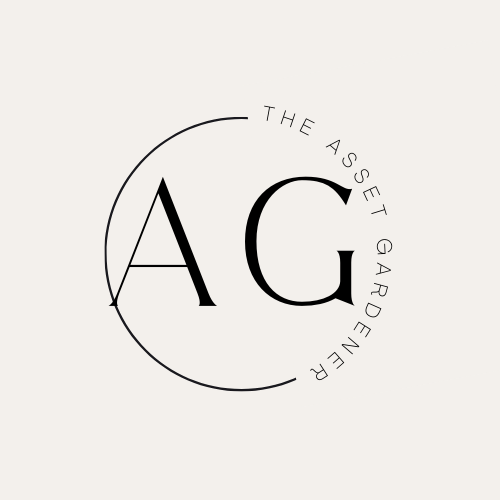
The Allure of Tel Aviv's Real Estate Market
Tel Aviv has long been a vibrant hub for investors, business owners, and realtors alike. Its unique blend of urban energy and Mediterranean charm creates an extraordinary real estate landscape. With two new boutique projects emerging in the coveted Kerem HaTeimanim neighborhood, there's never been a better time to consider investing in this dynamic market.
Discover Kerem HaTeimanim: Where Community Meets Convenience
Known for its narrow streets and bold street food culture, Kerem HaTeimanim offers an authentic living experience just minutes from the beach. The recent rise in the neighborhood’s desirability stems from its authentic community atmosphere, drawing both locals and tourists.
The Binyan Ha’Ir Company: Pioneering Personalized Living
At the forefront of these exciting new developments is the Binyan Ha’Ir Company. They emphasize a customer-centric approach, which is a refreshing change in the real estate sector. According to Yuval Bergman, the marketing manager, “We believe buying a home isn’t buying a product off the shelf – it’s building a home that is personally unique to you.” This philosophy ensures that every apartment emerges as a tailored living space, infused with personal touches that truly represent the owner.
Tempting Pre-sale Opportunities
Both properties are currently in their pre-sale stages, allowing buyers to benefit from attractive pricing before anticipated increases. Flexibility is also a major draw; future homeowners can customize their apartments, from layout to finishing materials, ensuring that their new space reflects their personal taste and needs.
14 HaRav Kook Street: A Coastal Gem
Just 140 meters from the Mediterranean, the project at 14 HaRav Kook Street consists of only two apartments per floor, offering exclusivity and luxury. Residents are steps away from prime destinations like the Carmel Market and Neve Tzedek. Properties range from 96 to 132 square meters, starting at 9.5 million NIS, making for an elegant urban lifestyle that emphasizes spaciousness and natural light.
32 Geula Street: Blending Heritage with Modernity
Located 300 meters from the sea, the project at 32 Geula Street highlights Tel Aviv's architectural heritage while also embracing modern comforts. With numbers that suggest only 2-3 units per floor, privacy is key. Apartments, priced from 4.45 million NIS, range from 45 to 145 square meters and provide breathtaking sea views along with premium finishes.
Investing in the Future: Why Now Is the Time
The opportunity to invest in either of these developments could signal a turning point in your financial journey. According to property experts and recent market trends, locations like Tel Aviv continue to appreciate, driven by demand for high-quality real estate. Coupled with the lifestyle benefits of living in one of Tel Aviv's most vibrant neighborhoods, these projects are more than just real estate ventures—they're wise financial commitments.
Conclusion: Embrace Your Coastal Dream
As you consider your next investment opportunity, let the allure of Tel Aviv real estate captivate you. With its picturesque settings, premium offerings, and potential for appreciation, now is the perfect time to seize this opportunity. Take the first step toward making your dream home a reality in this Mediterranean gem.
For further insights and to explore fulfilling your dream of a custom-designed home in Tel Aviv, you should act now and contact Binyan Ha’Ir for pre-sale details.
 Add Row
Add Row  Add
Add 




Write A Comment